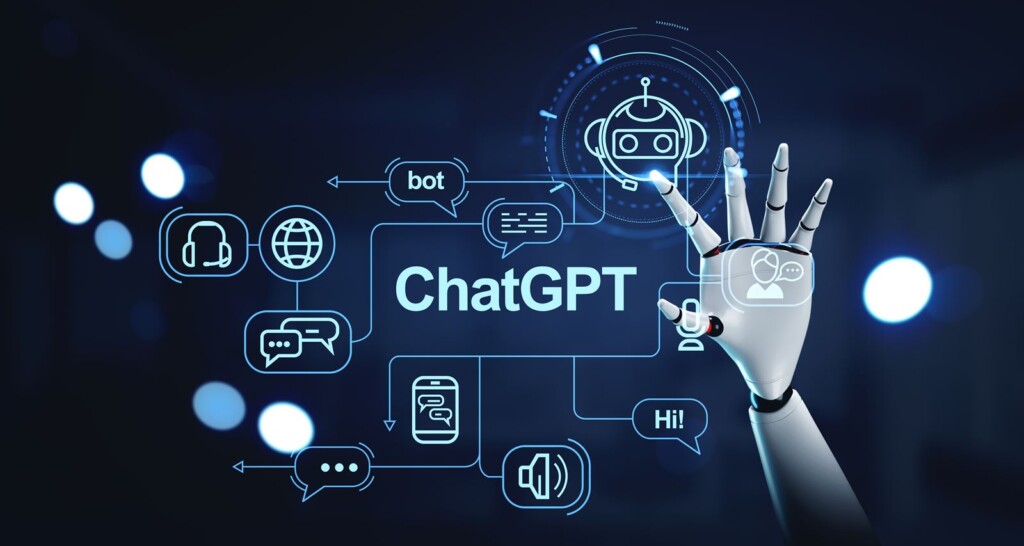Language models have come a long way since the early days of artificial intelligence. From basic rule-based systems to sophisticated neural networks, these models have revolutionized the way we interact with technology and communicate with each other. One such groundbreaking language model is ChatGPT, which has taken the world by storm with its impressive capabilities.
The Early Days of AI and Language Models
In the early days of AI, language models were primarily rule-based systems. These models relied on a set of predefined rules and patterns to generate text. While they were able to produce simple sentences, they lacked the ability to understand context or generate coherent and meaningful responses.
As technology advanced, researchers began exploring statistical language models. These models utilized statistical algorithms to analyze large amounts of text data and make predictions about the next word or phrase in a given context. While they were an improvement over rule-based systems, they still struggled with generating human-like responses.
The Rise of Neural Networks
The breakthrough in language modeling came with the advent of neural networks. Neural networks are a class of machine learning algorithms inspired by the structure and function of the human brain. These models are capable of learning from large amounts of data and making complex predictions based on that learning.
One of the most influential neural network architectures for language modeling is the recurrent neural network (RNN). RNNs are designed to process sequential data, making them well-suited for tasks like language modeling. They are able to capture the context and dependencies between words, resulting in more coherent and contextually relevant responses.
However, RNNs have their limitations. They struggle with long-term dependencies and suffer from the vanishing gradient problem, which hinders their ability to learn from distant past information. This led to the development of more advanced architectures like the long short-term memory (LSTM) and the gated recurrent unit (GRU), which address these issues to some extent.
Introducing ChatGPT
ChatGPT is the latest breakthrough in language modeling, developed by OpenAI. It is based on the transformer architecture, a type of neural network that has gained significant attention in recent years. Transformers excel at capturing long-range dependencies and have been successfully applied to various natural language processing tasks.
What sets ChatGPT apart is its ability to generate human-like responses and engage in meaningful conversations. It has been trained on a massive amount of internet text, allowing it to learn from diverse sources and acquire a wide range of knowledge. This training data, combined with advanced techniques like unsupervised learning and reinforcement learning, has enabled ChatGPT to achieve impressive fluency and coherence.
The Power and Potential of ChatGPT
ChatGPT has already demonstrated its potential in various applications. It can be used for customer support, virtual assistants, content generation, and much more. Its ability to understand and respond to natural language makes it a valuable tool for businesses and individuals alike.
However, as with any powerful technology, there are also challenges and ethical considerations. ChatGPT can sometimes generate biased or inappropriate responses, reflecting the biases present in its training data. OpenAI is actively working on addressing these issues and providing users with more control over the model’s behavior.
The Future of Language Models
ChatGPT represents a significant milestone in the evolution of language models, but the journey is far from over. Researchers and developers are constantly pushing the boundaries of what these models can achieve. The future holds exciting possibilities, including models that can understand and generate multi-modal content, models that can reason and infer like humans, and models that can assist in creative tasks like writing and design.
As language models continue to evolve, it is crucial to ensure that they are developed and deployed responsibly. OpenAI and other organizations are actively working on guidelines and frameworks to address the ethical implications of these models and promote transparency and fairness.
Conclusion
The evolution of language models, from early AI to ChatGPT and beyond, has transformed the way we interact with technology and communicate with each other. ChatGPT, with its impressive capabilities and potential, represents a significant leap forward in natural language processing. As we look to the future, it is essential to balance the power of these models with ethical considerations and ensure that they are used responsibly for the benefit of society.













